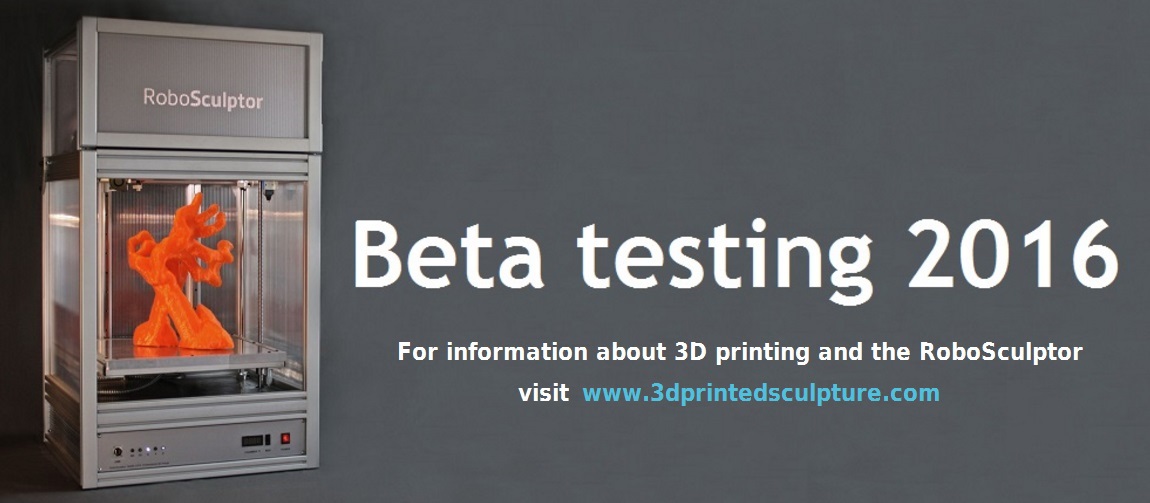Apple IIe
The IIe contained 64k RAM built-in, and allowed up to 128k RAM using the 80 column card which allowed 80 column text and an additional 64k RAM (much more RAM could be added later via third party hardware). The IIe also allowed upper and lower case letters be used allowing full functionality of the Shift and Caps Lock keys.
The main goal of the IIe was to create a professional computer for use in business. It served its purpose well, and also became abundant in schools and homes. All models were discontinued in November 1993. The entire Apple II series had a production run of 16 years!
Here are the Apple IIe specifications:
Microprocessor
6502 or 65C02 running at 1.023 MHz
8-bit data bus
Memory
64 KB RAM built-in
16 KB ROM built-in
Expandable from 64 KB up to 1 MB RAM or more
Video modes
40 and 80 columns text, white-on-black, with 24 lines¹
Low-Resolution: 40×48 (15 colors)
High-Resolution: 280×192 (6 colors)
Double-Low-Resolution: 80×48 (15 colors)
Double-High-Resolution: 560×192 (15 colors)
Audio
Built-in speaker; 1-bit toggling
Built-in cassette recorder interface; 1-bit toggle output, 1-bit zero-crossing input
Expansion
Seven Apple II Bus slots (50-pin card-edge)
Auxiliary slot (60-pin card-edge)
Internal connectors
Game I/O socket (16-pin DIP)
RF modulation output (4-pin Molex)
Numeric keypad (11-pin Molex)
External connectors
NTSC composite video output (RCA connector)
Cassette in/out (two 1⁄8-inch mono phono jacks)
Joystick (DE-9)
Apple Disk II
The Disk II Floppy Disk Subsystem, often spelled as Disk ][, is a 5¼-inch floppy disk drive designed by Steve Wozniak and manufactured by Apple Computer. It was first introduced in 1978 at a retail price of US$495 for pre-order; it was later sold for $595 including the controller card (which can control up to two drives) and cable. The Disk II was designed specifically for use with the Apple II personal computer family to replace the slower cassette tape storage and cannot be used with any Macintosh computer without an Apple IIe Card as doing so will damage the drive or the controller.
Apple Monitor II
The Apple Monitor II is a CRT-based green monochrome 12-inch monitor manufactured by Apple Computer for the Apple II personal computer family. It was introduce in 1984 and discontinued November 1993. Apple didn't manufacture the monitor until halfway through the lifespan of the II series. Many home users of Apple II computers used their televisions as computer monitors before the Monitor II was released. It featured an inner vertical-swiveling frame. This allowed users to adjust the viewing angle up or down to suit their taste without the addition of a tilt-and-swivel device. The Monitor II was widely adjustable for the time, as it included adjustments for the size and location of the image on the screen. These adjustments had a very small influence on the picture, however, much to the disliking of some users. The Monitor II was designed for the Apple II+, but was used widely throughout the Apple II product line, most recognizably on the Apple IIe.1984 costs of an Apple IIe system
In the Febuary 1984 issue of Byte magazine, there's an advertisement for the cost of an Apple IIe system:A starter kit with monitor, disk drive and 80 col. card would run at $1365. In today's dollars that would be about $3,209.31.
There were also clones during this time as shown in this advertisement from Byte magizine:




